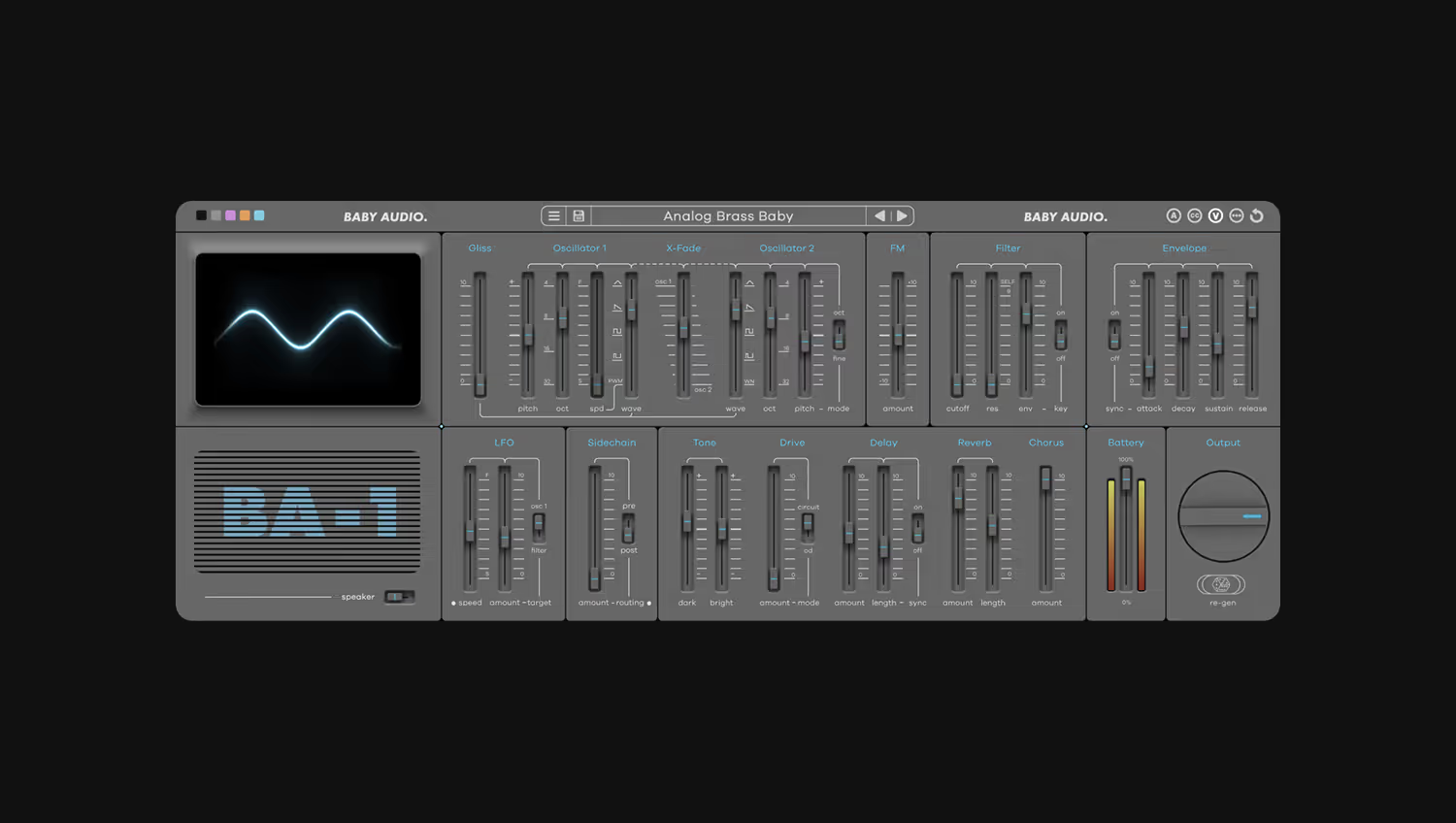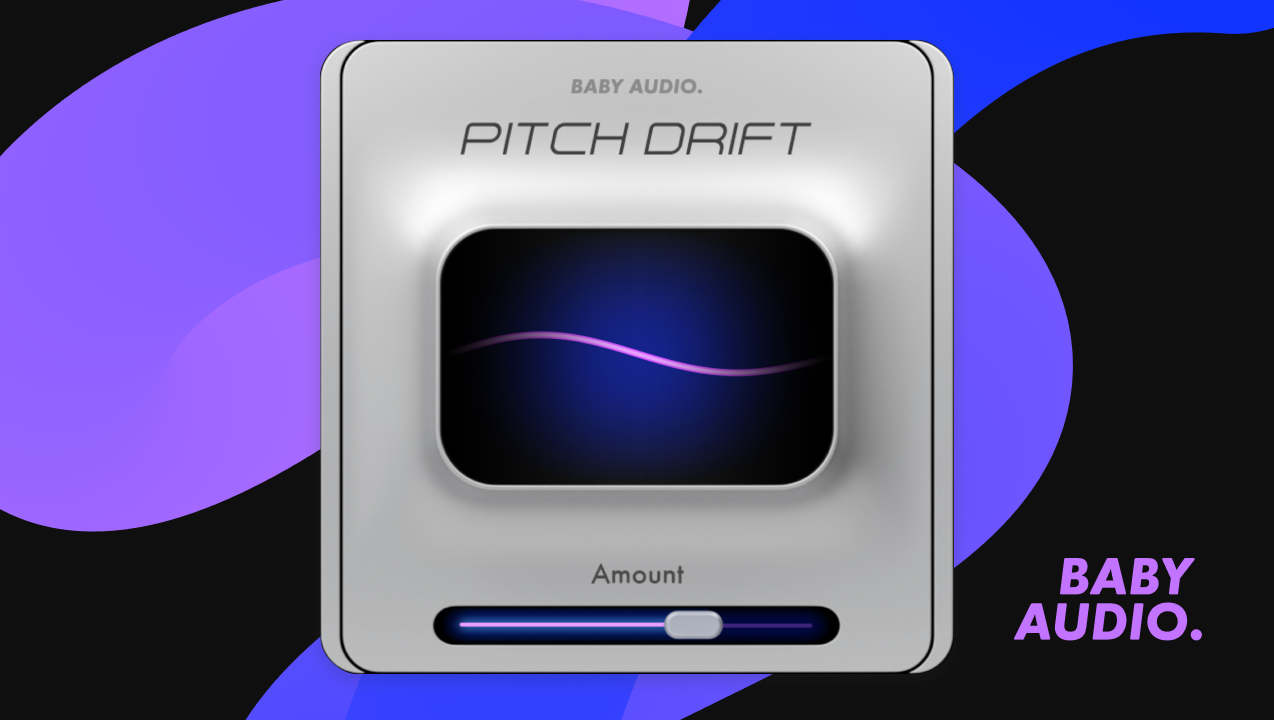Effects Rack Plugins: How to Use Multi-FX for Creative Sound Design
-min.webp)
Effects rack plugins are a practical way to add color to your tracks with a signature style.
By combining multiple effects into a single package, you can build up unique textures quickly with a single interface.
But in addition to making it convenient to work with several effects at once, effects racks offer benefits for modern workflows.
In this article, I’ll break down the basics of effect rack plugins and explain why they’re seeing a resurgence in 2025.
Let’s get started.
What are effects racks plugins?
An effect rack plugin is a collection of individual effects within a single plugin with shared interface elements and a single set of inputs and outputs.
Effects racks may be fixed or flexible chains of effects in serial, parallel or modular configurations.
The term “rack” comes from the 19” rack hardware format that was common for outboard studio equipment during the analog era.
Rack effects could be easily patched in and out of an analog console to create intricate chains of cascading effects.
Today the concept of effects racks lives on in plugin form to give producers access to familiar aspects of the workflow.
Why use an effect rack?
With all the plugins out there, you may wonder what the benefit of using a multi-effect in place of individual plugins.
Here are a few things to consider if you’re not used to working with effects rack plugins:
Easier workflow
A dedicated effect rack puts a curated chain of useful devices directly at your fingertips. That means you can quickly mix and match without taking the time to search through plugins and load them individually.
On top of that, many multi-fx plugins come set up for custom routings such as wet/dry blends, or parallel signal chains.
This can make it easier to achieve specific results that might take longer to set up individually.
For example, Parallel Aggressor contains three internal signal paths—one for compression, one for saturation and a third for the dry signal. That’s a lot to configure manually in your DAW.
Sonic cohesion
With a folder full of diverse effects, stacking plugins can sometimes result in a mishmash of styles.
That’s not always a bad thing, but sometimes you need a cohesive sound that retains its character across multiple stages of processing.
Effects racks ensure that each plugin in the chain is cut from the same cloth and interacts favorable with the others.
This could mean effects with a similar sonic feel, or a specifically curated palette of possible sounds that work naturally well together.
Less option paralysis
Finally, anything is possible in the world of DAW-based music production.
The potential for creative sound design is unlimited, but that can sometimes feel like a burden.
Staring down an empty insert chain with hundreds of plugins to choose from can affect your inspiration when you’re trying to get ideas down fast.
Effects rack plugins are a great way to impose creative limitations and free yourself from endless option paralysis.
Plus, the interactions between effects inside the rack can lead to unexpected possibilities that may not have been possible otherwise.
How to use effects racks creatively
With the basics out of the way, here are three approaches to using effects racks creatively in a mix.
Variations on a theme
Some multi-fx plugins provide a convenient package for effects that are often used together in a mix.
After all, many mixing styles rely on characteristic combinations that are often used together.
For example, most lo-fi textures require a mix of compression, saturation, pitch vibrato and other noisy elements to sound authentic.
SuperVHS takes this approach to put all the essential ingredients of a convincing lo-fi texture into a single plugin.
Try increasing each main parameter one by one to hear its effect clearly, then layer in a combination to create your ideal lo-fi effect.
Classic signal flows
Some rack-style plugins are built to recreate well-known signal flows from the days of analog hardware.
Think of virtual pedalboards or classic console channel strips.
These are a form of multi-effect that take cues from familiar workflows to help you approximate hardware processes in the DAW.
For example, vintage rack hardware from the 80s put a signature stamp on many of the most beloved sounds of the era. Many of these resulted from cheap gear that was meant for amateurs rather than industry pros.
As professional-quality tools were out of reach for the home producers at the time, affordable effects units were often quirky and not exactly subtle with their sound.
Despite that, inexpensive digital reverbs and chorus units made their way onto hundreds of influential recordings during the 80s and 90s.
Putting these characteristic effects in one package was the driving force behind the addition of the Retro FX Strip in the v1.5 update of BA-1.
Many users of the original BA-1 synth loved the effects section and wanted to use it on other tracks in their mix—the perfect application of a well-designed effects rack!
You can now add BA-1’s beloved lo-fi and 80s-flavored drive, filter, chorus, delay and reverb to any track in your session for authentic retro character.
Creative workstations
Sometimes a particular collection of effects is all about pushing the boundaries and unlocking creative possibilities.
Whether it’s a suite of purpose-built effects that complement each other or a platform for creating custom combinations, workstation plugins are all about sound design and experimentation.
If conventional plugins aren’t enough to satisfy your sonic curiosity, try a workstation like NI Molekular to build your dream effects from scratch.
Off the rack
The best thing about producing with a DAW is the flexibility to work however you want.
In the end, plugins are just tools for making music, and whatever form they take they should help you realize your unique vision.
Effects racks are one tool you may not have considered that can save you time and effort in a session.
If you’ve ever brushed off effects racks as relics of a bygone era, it might be time to jump back in and see if they work for you in 2024.
A cult classic reimagined
Rediscover the fun of synthesis with gloriously gritty 80s color. BA-1's authentic analog-modelint takes you back to the timeless charm of an iconic portable hardware synth with expanded modern features. Easy to program and buzzing with life, BA-1 gives you instant vintage inspiration.




.png)




